Photography is a cornerstone of my work as an aquatic ecologist. Whether documenting submerged vegetation, capturing rare animal behaviors, or simplifying complex scientific methods for the public, photography helps bridge the gap between research and outreach. My Ikelite housing has become an indispensable tool in my science arsenal, allowing me to document the underwater world and share its beauty and significance with others. Documentation is the first step in science. Observing, recording notes, and pondering ideas are what build hypotheses and leads to research questions.
Surveys
Last year, I was tasked with conducting vegetation surveys along a spring fed river. It may sound like a simple task but trying to survey vegetation over eight miles of river requires monumental effort. That is why we use sub survey techniques. We place a measuring tape across the river (transect line), then place a PVC square quadrat every 1/10 of the river width. I use my trusty Ikelite to photograph each quadrat before analyzing the photographs in the office for vegetation type and cover. This allows us to get an idea of the vegetation makeup and density without having to look at every foot of the river. Having a high-definition camera in a lightweight Ikelite housing allows me to be more efficient, differentiate similar looking species, and measure ground cover of plants consistently.

A Florida Springs Institute science intern places a quadrat along a transect line to survey submerged aquatic vegetation in Silver Springs, FL. © Bill Hawthorne
Documenting Novel Behaviors
I also use my camera to document novel animal behaviors. Last year, I had the opportunity to photograph Longnose Gar spawning within floating vegetation mats. This is a behavior that was never documented in scientific literature and important to share due to floating vegetation removal efforts within Florida. After two days of swimming with the gar, I was able to use my videos and photographs to estimate the number of breeding individuals, the frequency of their spawning, and the ecology of the event. Documenting behaviors like this is critical to understanding these species, what their threats are, and how we can best protect them. From this, I was able to work with ichthyologists Dr. Steve Walsh and Dr. Ken Sulak to publish our findings in the scientific journal Southeastern Naturalist.

A group of gar, consisting of one female (large individual on the right) and a retinue of males (smaller gars on the left), prepare to spawn underneath a mat of floating vegetation.
Outreach
I believe education and outreach is the critical final step of science. Photography allows me to share my results in a way that people can understand and relate to. It is often difficult to convey issues through monotonous scientific articles, but through captivating images, you can connect your audience to your research and explain complex methodologies and results. For example, how difficult would it be to understand our vegetation surveys technique without the accompanying photograph?
Photographs are vital for my presentations and, through my social media, allow me to disseminate my research to a wide audience. Photography can be an instrument, connecting science to the public and inspire others to protect and learn more about our natural world. I strongly believe the combination of outreach and conservation research are what will save our precious biodiversity and diverse environments.

A Florida Springs Institute science intern checks on a water quality data sonde; a device that records water quality parameters every 15 minutes. This photo was used as the cover photo of our recently published report “An Ecological Health Assessment of Silver Springs, Florida 2023-2024”. © Bill Hawthorne
Read the Latest Research
Spawning Within Floating Vegetation: Novel Underwater Observations of Egg Deposition in Longnose Gar (Lepisosteus osseus) by William H. Hawthorne, Kenneth J. Sulak, and Stephen J. Walsh

Bill Hawthorne is an aquatic ecologist specializing in the study of the freshwater springs of Florida. Bill focuses his studies and photography on freshwater species, most notably turtles. By sharing his underwater images, Bill hopes he'll expand his viewers' passion toward these unique environments and animals. Check out more of his work on his website, Instagram @billhawthornephotography, TikTok, and YouTube.
Additional Viewing
What Secrets Lurk Underwater in the Florida Springs at Night?
HELLBENDER Underwater Results with the Canon RF 10-20mm F4L Lens [VIDEO]
A Review of the Canon RF 10-20mm for Underwater Photographers & Videographers
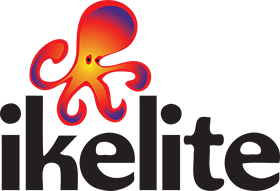
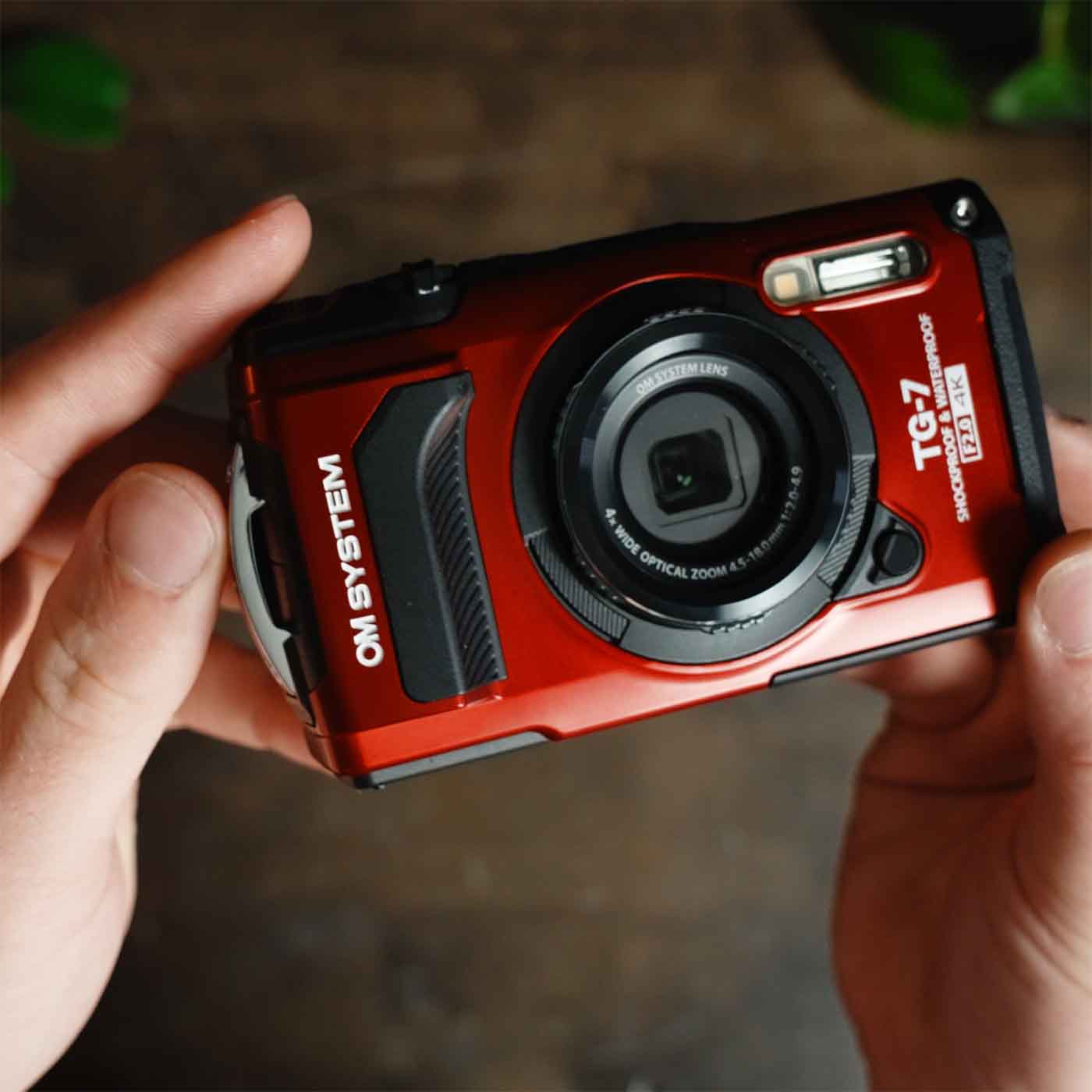
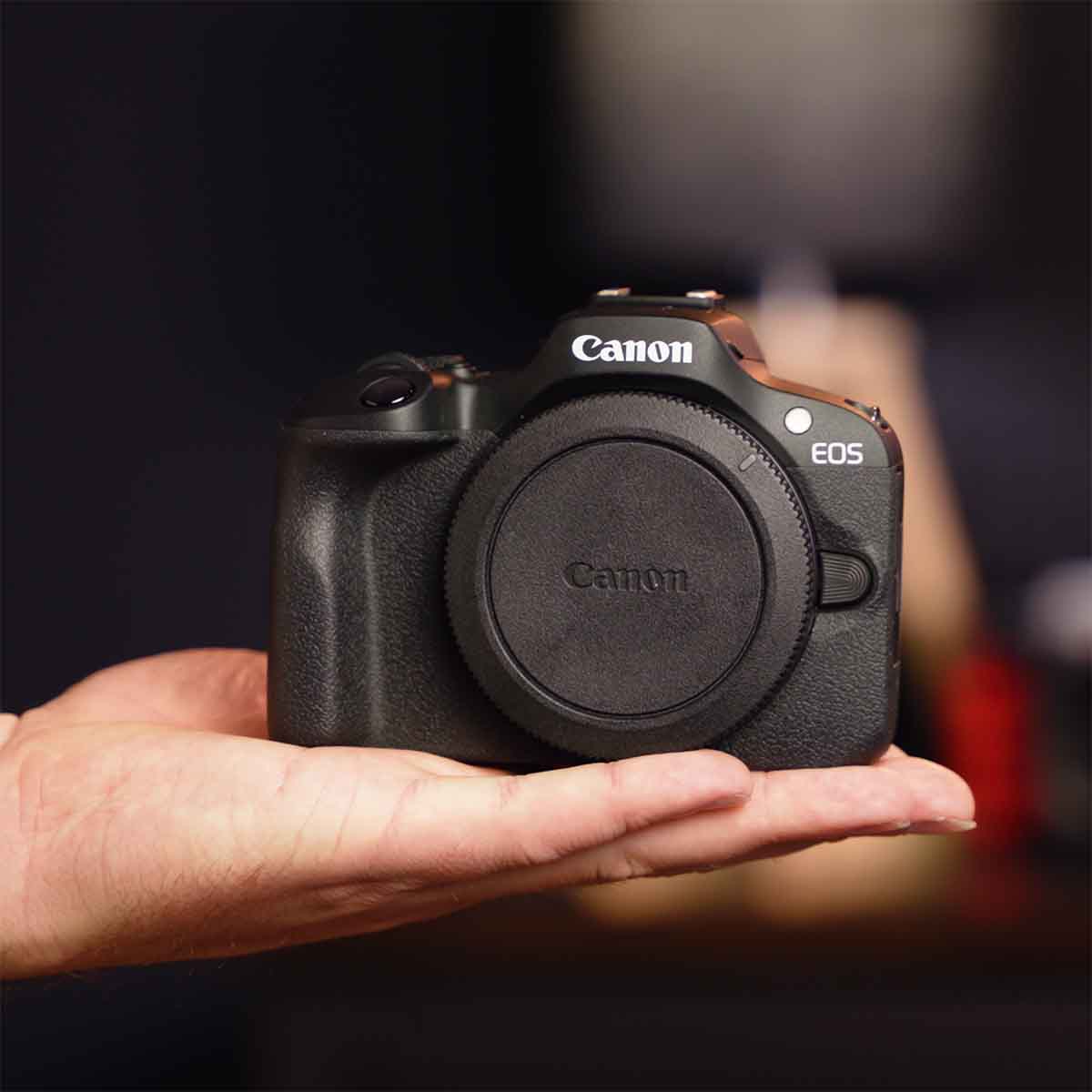
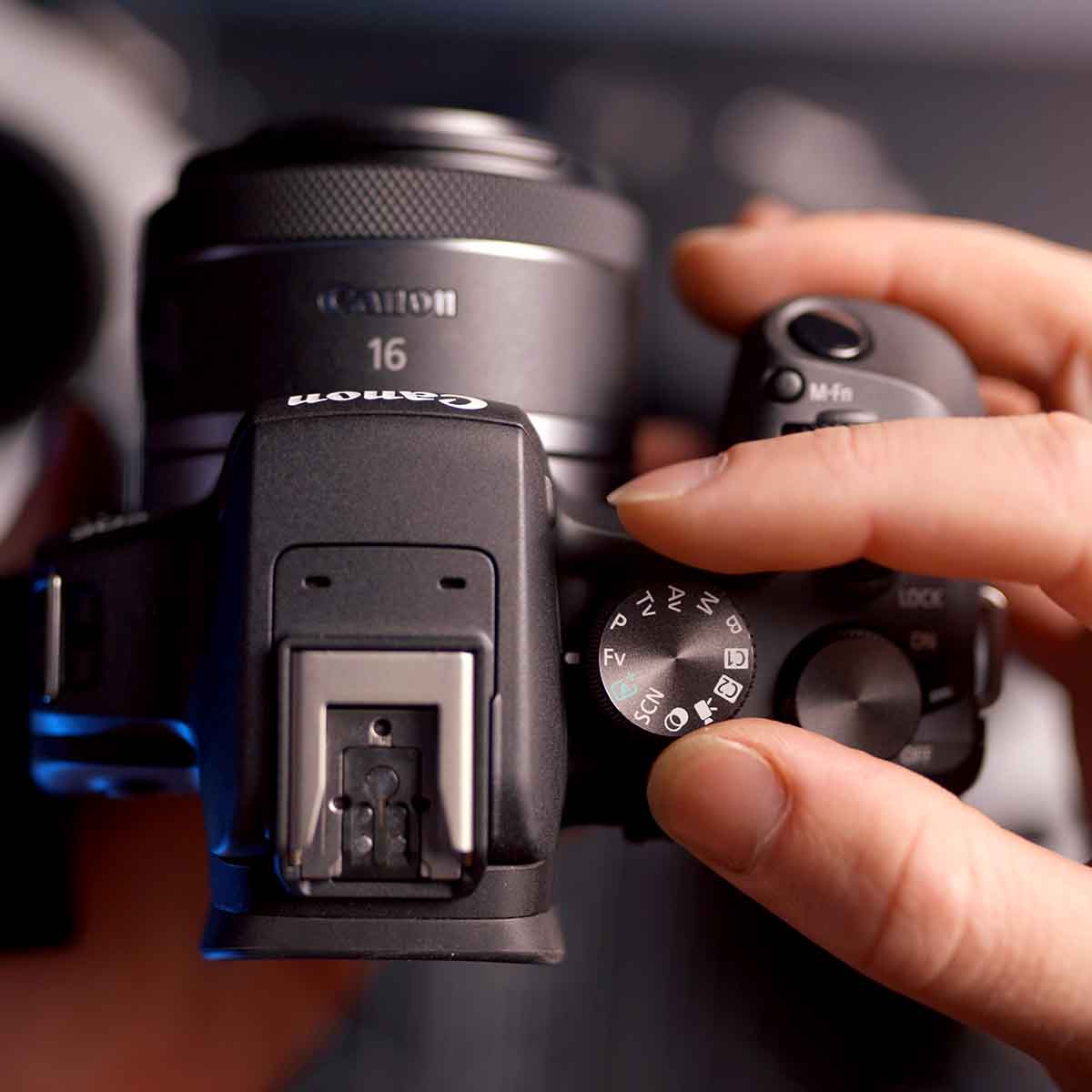
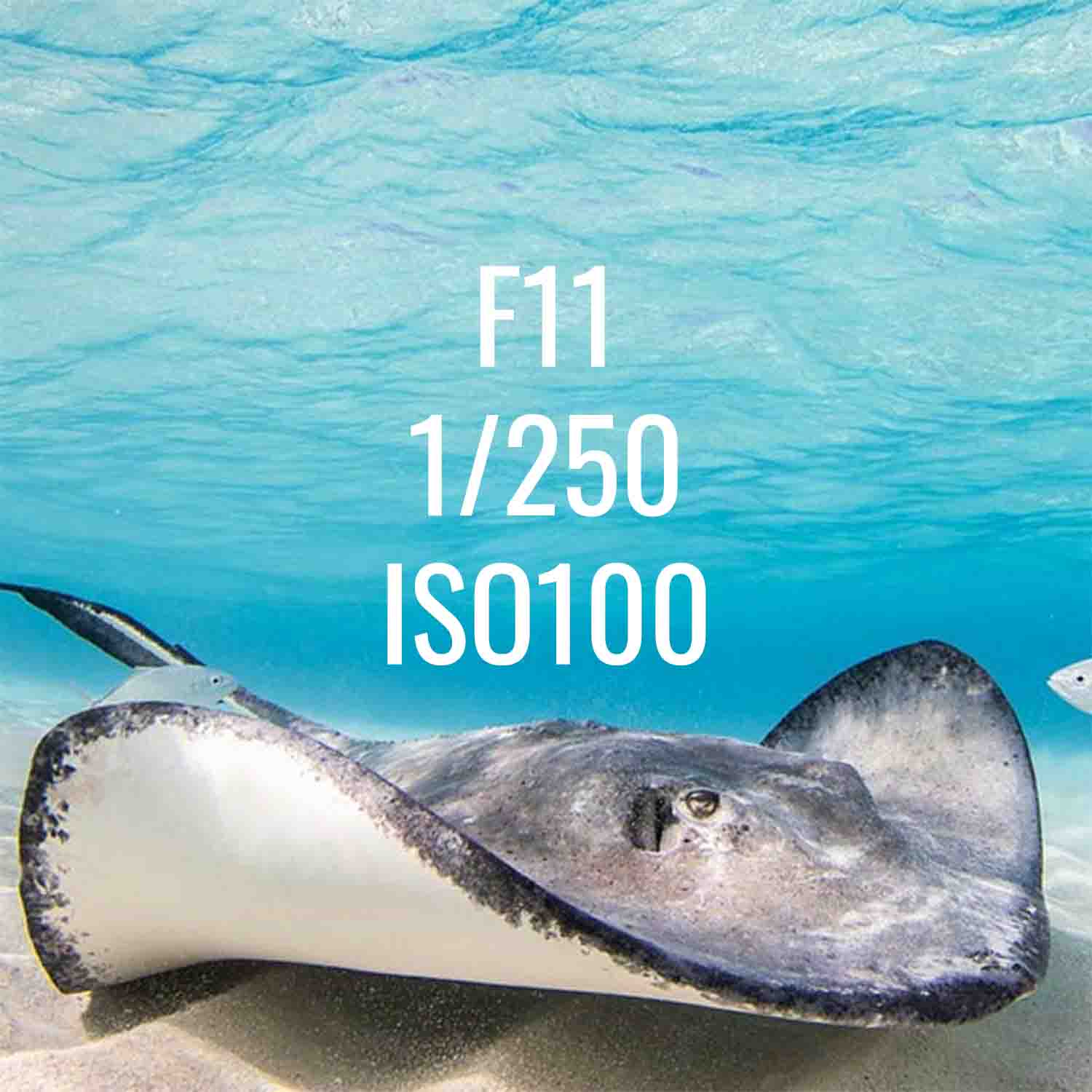
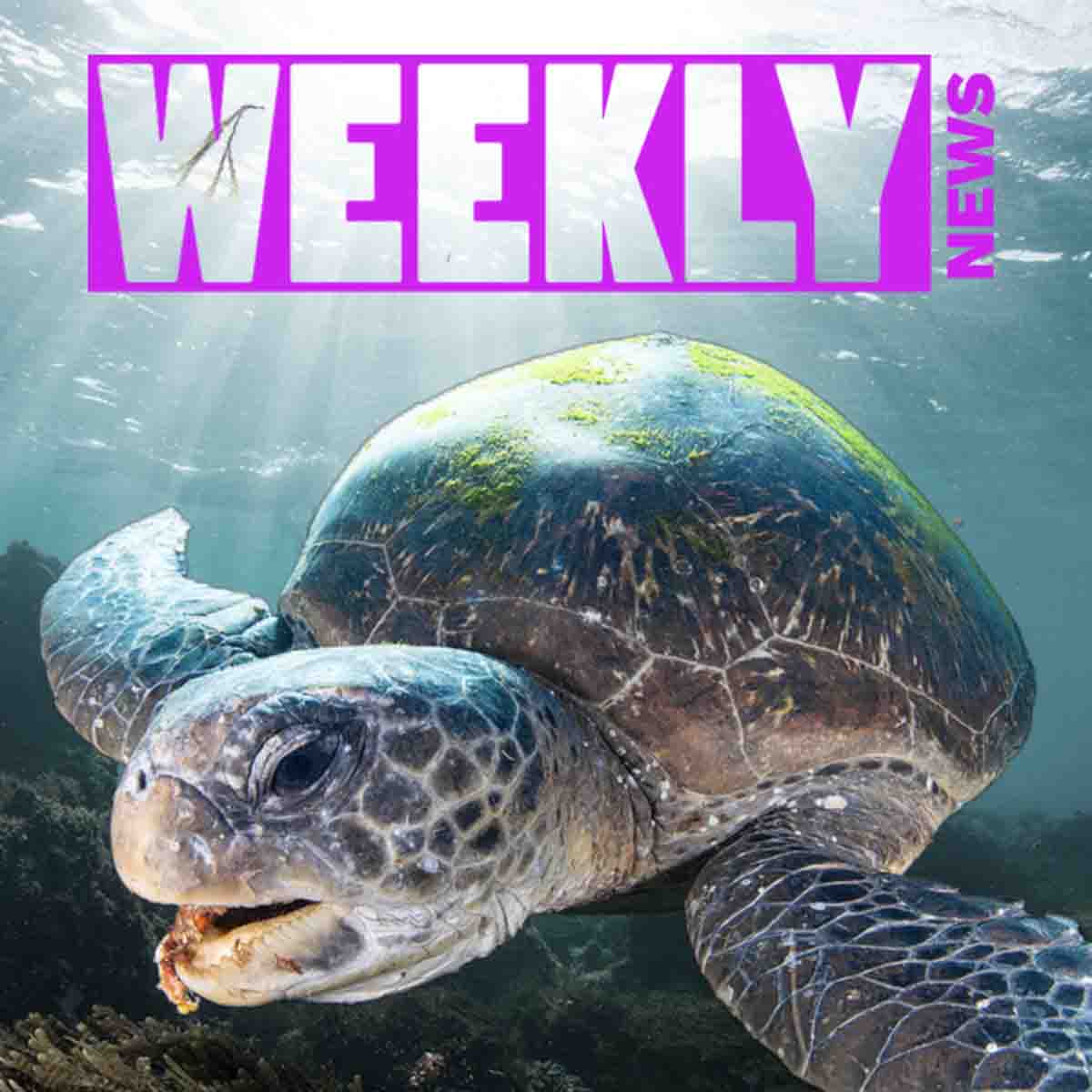
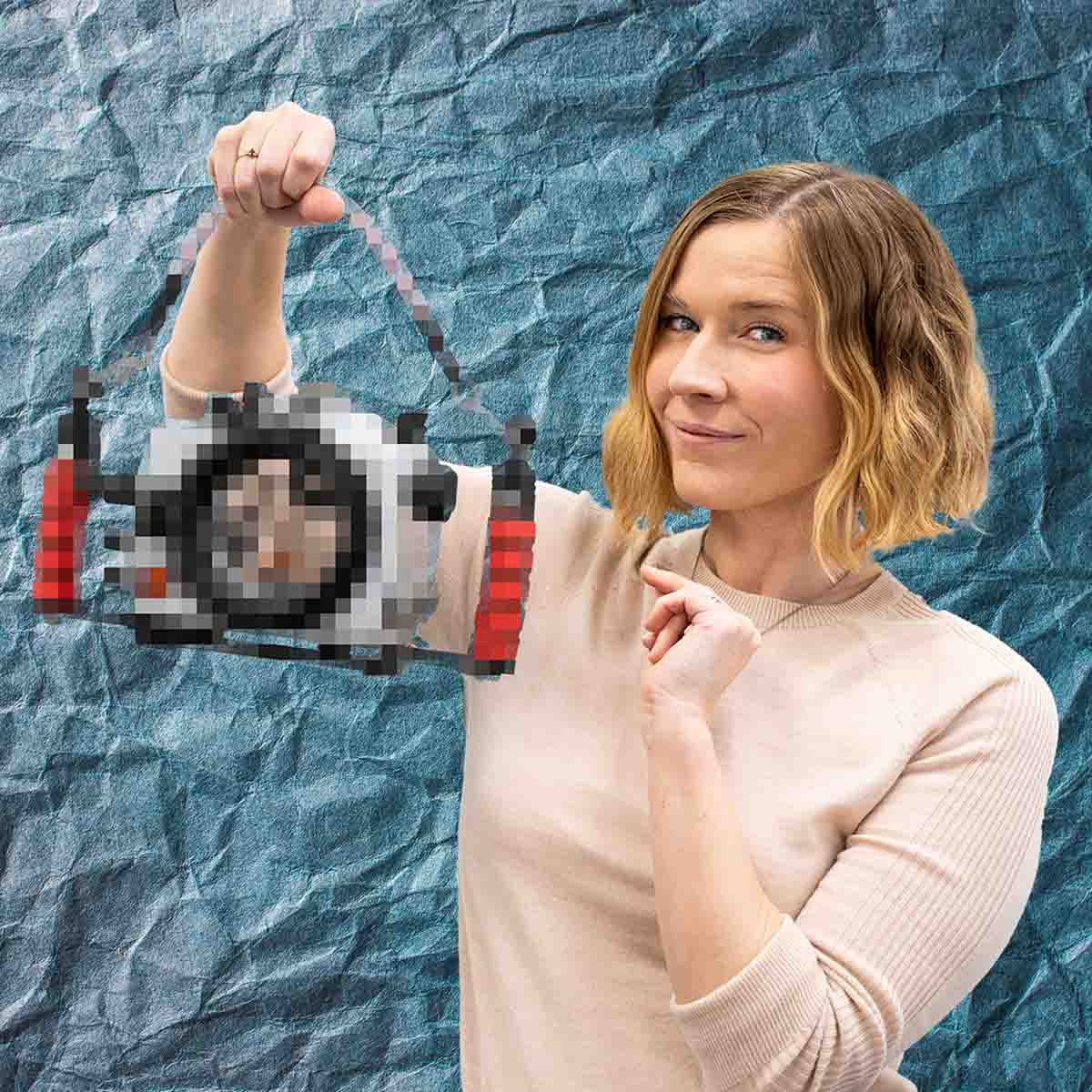
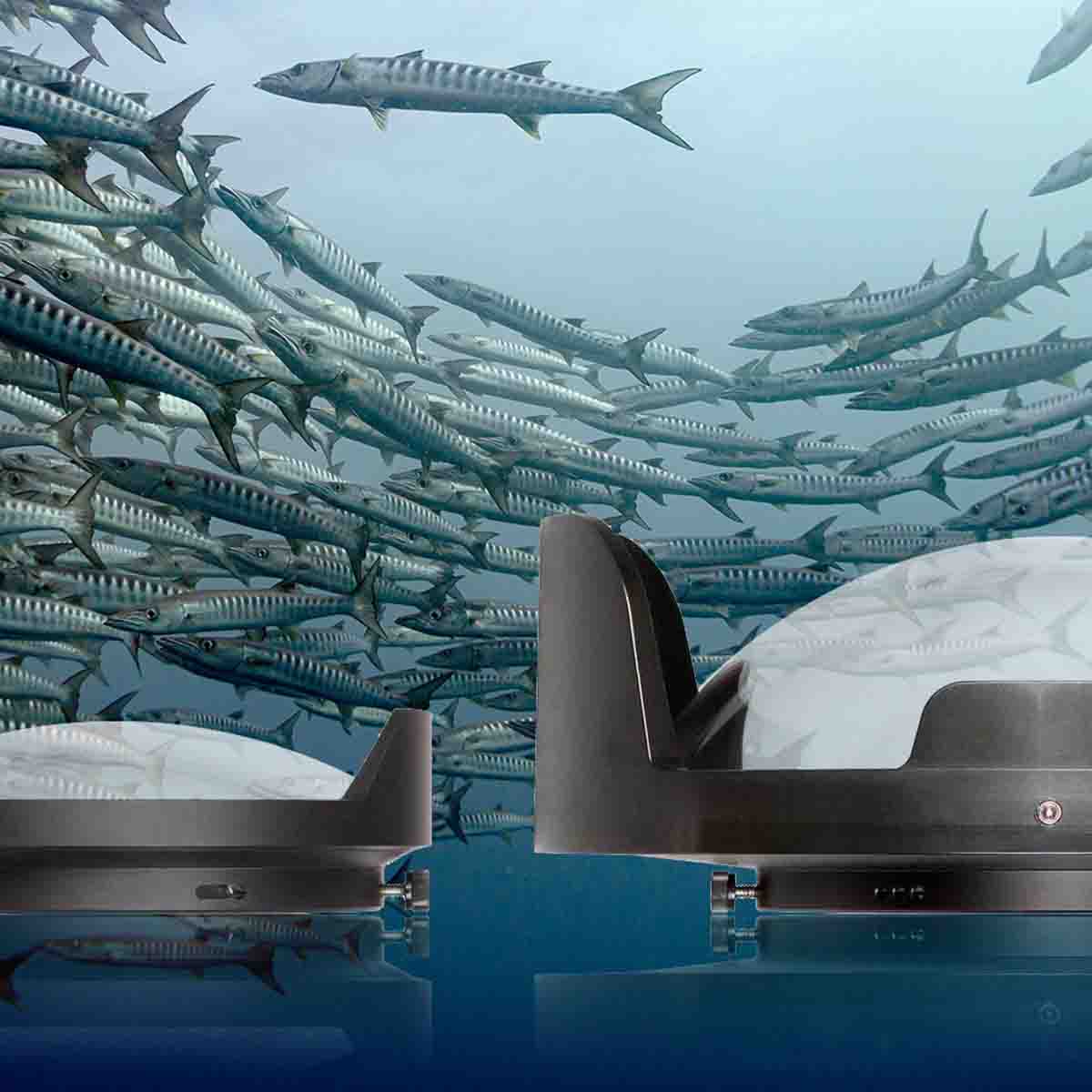
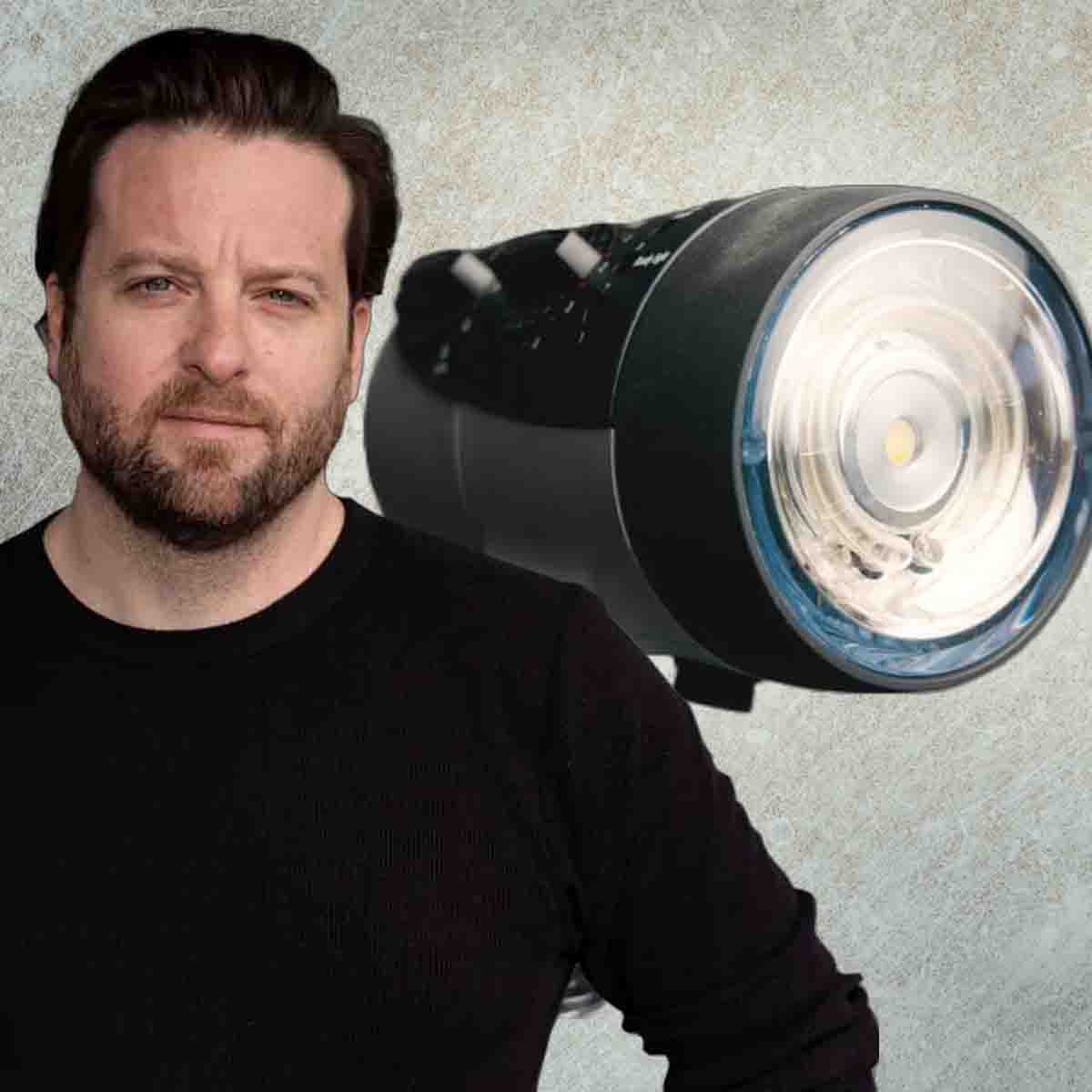
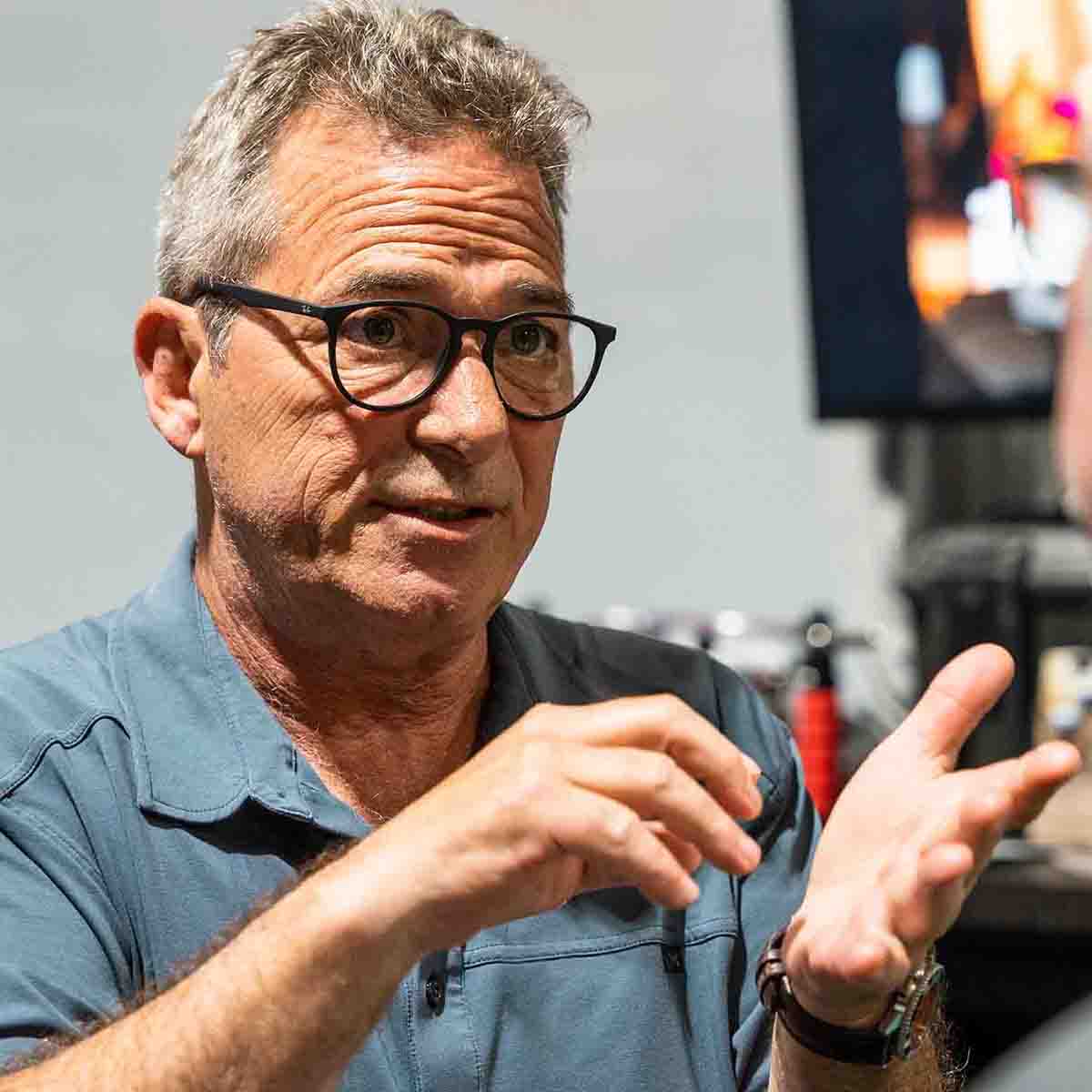
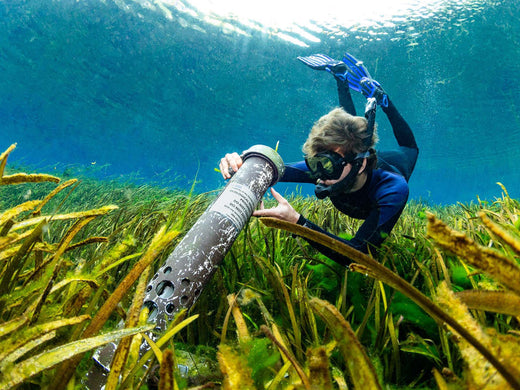
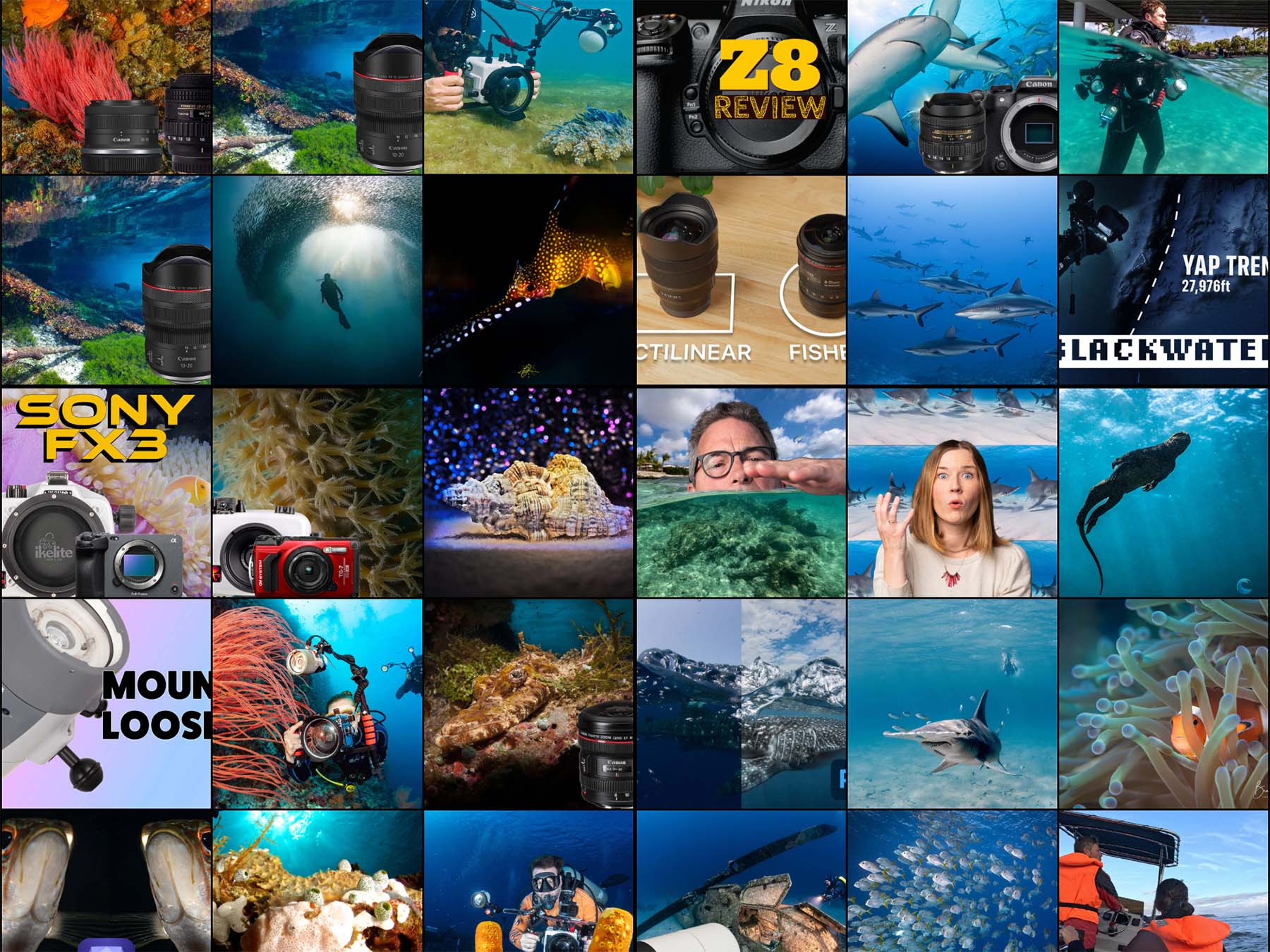
![Underwater with the Sardine Run at Magdalena Bay with Brandi Mueller [VIDEO]](http://www.ikelite.com/cdn/shop/articles/Sardine_Run_at_Magdalena_Bay_Blog_Cover_520x500_520x500_4526e31e-ed99-4dde-bb37-0580a4c97acd.jpg?v=1736523412&width=520)